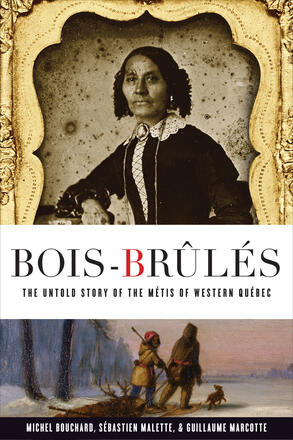
Description
We think of Métis as having Prairie roots. Quebec doesn’t recognize a historical Métis community, and the Métis National Council contests the existence of any Métis east of Ontario. Quebec residents who seek recognition as Métis under the Canadian Constitution therefore face an uphill legal and political battle. Who is right? Bois-Brûlés examines archival and ethnographic evidence to challenge two powerful nationalisms – Métis and Québécois – that interpret Métis identity in the province as “race-shifting.” This controversial work, previously available only in French, conclusively demonstrates that a Métis community emerged in early-nineteenth-century Quebec and can be traced all the way to today.
Reviews
Methodologically, this is a fascinating exploration.
- S. Perreault, Red Deer College